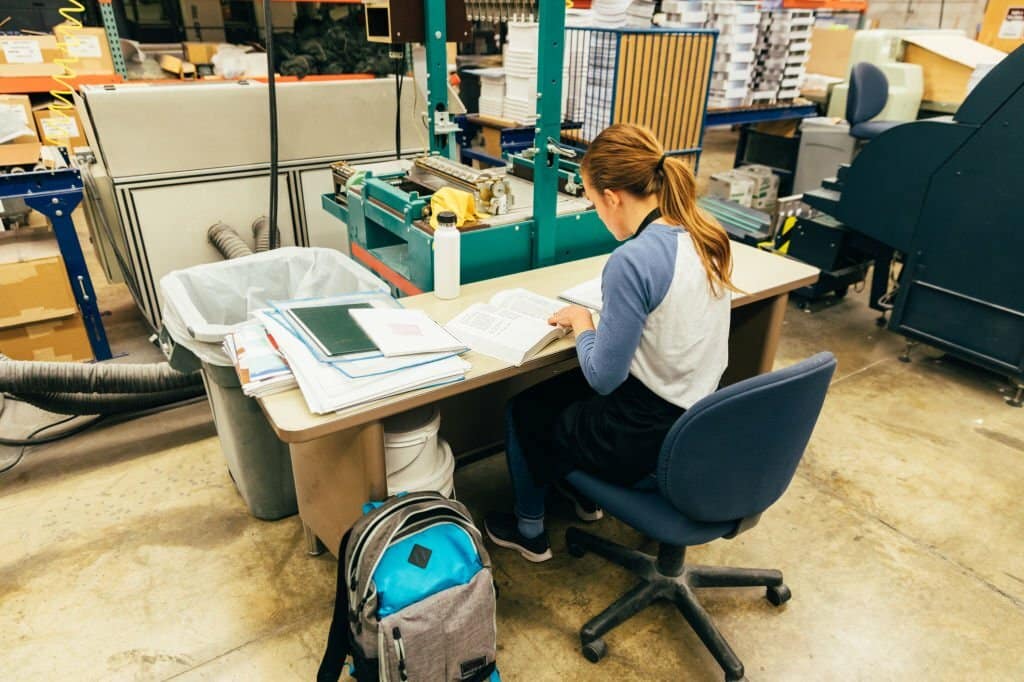Powerful Practices: Achieving Workplace Safety through Manual Handling Training

One of the key components of a safe work environment is effective manual handling training. This powerful practice not only fosters a culture of safety but also significantly reduces the risk of workplace injuries. In this comprehensive guide, we delve into the importance of manual handling training and the role of ergonomic consultants in Melbourne in enhancing workplace safety.
Understanding Manual Handling Training
Manual handling involves the lifting, carrying, pushing, or pulling of loads. Without proper techniques, these routine tasks can lead to musculoskeletal disorders, injuries, and absenteeism. Manual handling training equips employees with the knowledge and skills to execute these tasks safely, minimizing the risk of accidents and promoting overall well-being.
Key Components of Manual Handling Training
Proper Lifting Techniques: Manual handling training educates employees on the correct techniques for lifting and carrying loads. This includes maintaining a neutral spine, bending at the knees, and using the power of the legs rather than the back.
Risk Assessment: Understanding the potential risks associated with manual handling tasks is crucial. Training programs teach employees to assess the weight and nature of loads, identify potential hazards, and implement strategies to mitigate risks.
Ergonomics: Ergonomic consultants in Melbourne play a vital role in manual handling training. They focus on designing workspaces and tasks to fit the capabilities of the workers, reducing the strain on their bodies and minimizing the risk of injuries.
Team Collaboration: Manual handling training emphasizes the importance of teamwork. When employees work together to share the load and communicate effectively, the risk of injury decreases.
The Role of Ergonomic Consultants in Melbourne
Ergonomic consultants specialize in optimizing the interaction between individuals and their work environment. In the context of manual handling training, these professionals assess the ergonomic aspects of the workplace, including the design of workstations, tools, and equipment. By tailoring the work environment to the physical capabilities of employees, ergonomic consultants contribute to the prevention of injuries and the promotion of overall workplace safety.
Benefits of Manual Handling Training
Reduced Injury Rates: Well-implemented manual handling training programs lead to a significant reduction in workplace injuries, ensuring employees can perform their tasks safely.
Improved Employee Well-being: When employees feel confident in their ability to handle loads safely, it positively impacts their overall well-being and job satisfaction.
Enhanced Productivity: A safe workplace is a productive workplace. Manual handling training contributes to a more efficient and effective workforce.
Regulatory Compliance: Meeting regulatory requirements is essential for any business. Manual handling training ensures compliance with safety standards and regulations.
Powerful practices such as manual handling training, complemented by the expertise of ergonomic consultants in Melbourne, form the cornerstone of achieving workplace safety. Investing in comprehensive training programs not only protects the health of employees but also contributes to a positive and productive work environment. As businesses prioritize the well-being of their workforce, manual handling training stands out as a fundamental and powerful solution.


